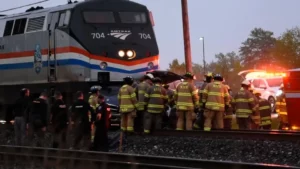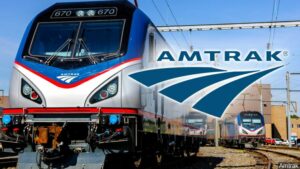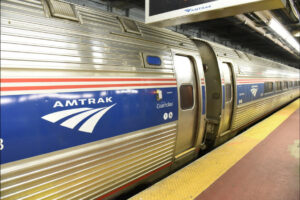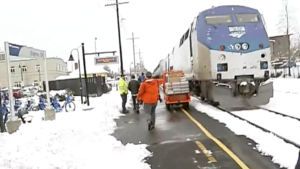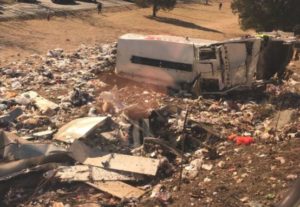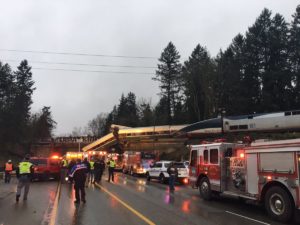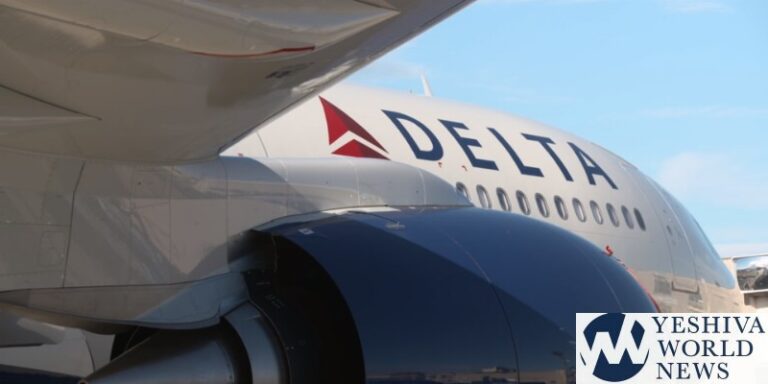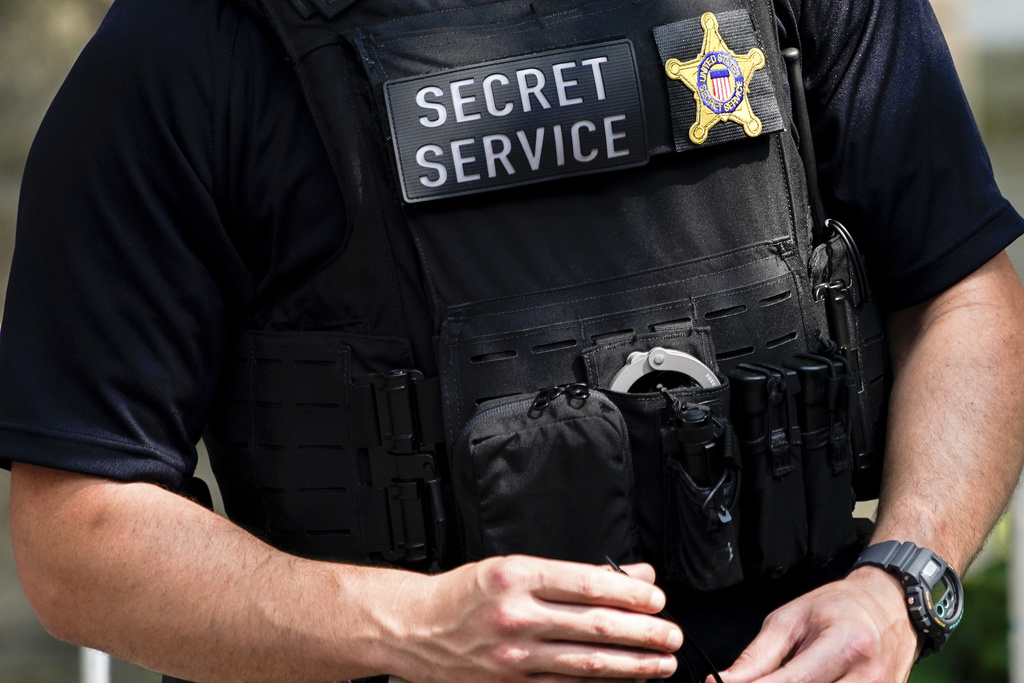(VIDEO IN EXTENDED ARTICLE) A chartered train carrying dozens of GOP lawmakers to a Republican policy retreat in West Virginia struck a garbage truck in a rural Virginia town on Wednesday. No lawmakers or aides were reported injured, but the White House said one person was killed and another was seriously hurt. Lawmakers said the fatality appeared to be someone who was on the truck. One lawmaker who was aboard the train, Rep. Tom Cole, R-Okla., said the vehicle had been ripped in half and said he saw a person wrapped in tarp and said emergency workers appeared to be “putting a body away.” We’re fine, but our train hit a garbage truck. Members with medical training are assisting the drivers of the truck. pic.twitter.com/0I9jOwHTmb — Rep. Greg Walden (@repgregwalden) January 31, 2018 Amtrak spokeswoman Kimberly Woods says there were no reported injuries to passengers or crew members after the incident, which happened around 11:20 a.m. in Crozet, Virginia. Crozet is about 15 miles west of Charlottesville. Madeline Curott, Albemarle County police spokeswoman, said authorities had received a call “about a fast train hitting a truck.” She would not confirm a fatality but said three people on the truck were seriously injured. .@maryaliceparks Front of the train heading to the Greenbrier pic.twitter.com/QGUxUbo8m7 — Jeff Denham (@RepJeffDenham) January 31, 2018 Cole said he felt “a tremendous jolt” when the accident occurred, nearly two hours after it left Washington headed to the Greenbrier resort in White Sulphur Springs, W.Va. The policy retreat, an annual event, is scheduled to last three days and feature speeches from President Donald Trump and Vice President Mike Pence. By early afternoon, lawmakers were boarding buses to resume their trip and Pence was still planning to address them later Wednesday. Cole said the train stopped quickly after impact. He said several GOP lawmakers who are doctors got off the train to assist, including Rep. Brad Wenstrup, R-Ohio, who was also at last June’s shooting of Republicans at a baseball practice in nearby Alexandria, Virginia, and treated some of the victims. Another lawmaker, Rep. Kevin Cramer, R-N.D., was conducting a live interview with a local radio station when the accident occurred. “Oh, Jesus, Sorry about that, we hit a bump here,” he told AM 1100 The Flag, a station in Fargo, North Dakota. Later, he described the truck’s wreckage and said, “Valuable lesson, people. Do not challenge a train at a crossing.” Authorities have not detailed the sequence of events. Other doctor-lawmakers who helped included Reps. Michael Burgess, of Texas, Phil Roe of Tennessee, Larry Bucshon of Indiana, Roger Marshall of Kansas and Sen. Bill Cassidy, R-La. Cassidy later tweeted that there were three people on the truck and “one is dead.” House Speaker Paul Ryan, R-Wis., was on the train and was unhurt, aides said. White House spokeswoman Sarah Huckabee Sanders said President Donald Trump was briefed on the accident. “There is one confirmed fatality and one serious injury,” but no injuries to lawmakers or their staffs, she said. “Our thoughts and prayers are with everyone that has been affected by this incident,” Sanders said. Rep. James Comer, R-Ky., said about 100 Republican lawmakers were on the train when the crash occurred, which made him jump out of his seat. “I looked out the side of the window and
